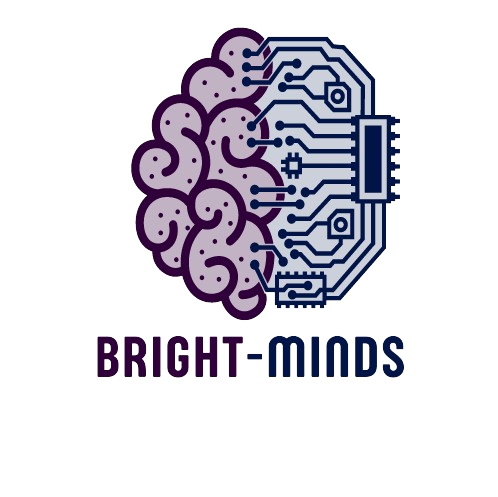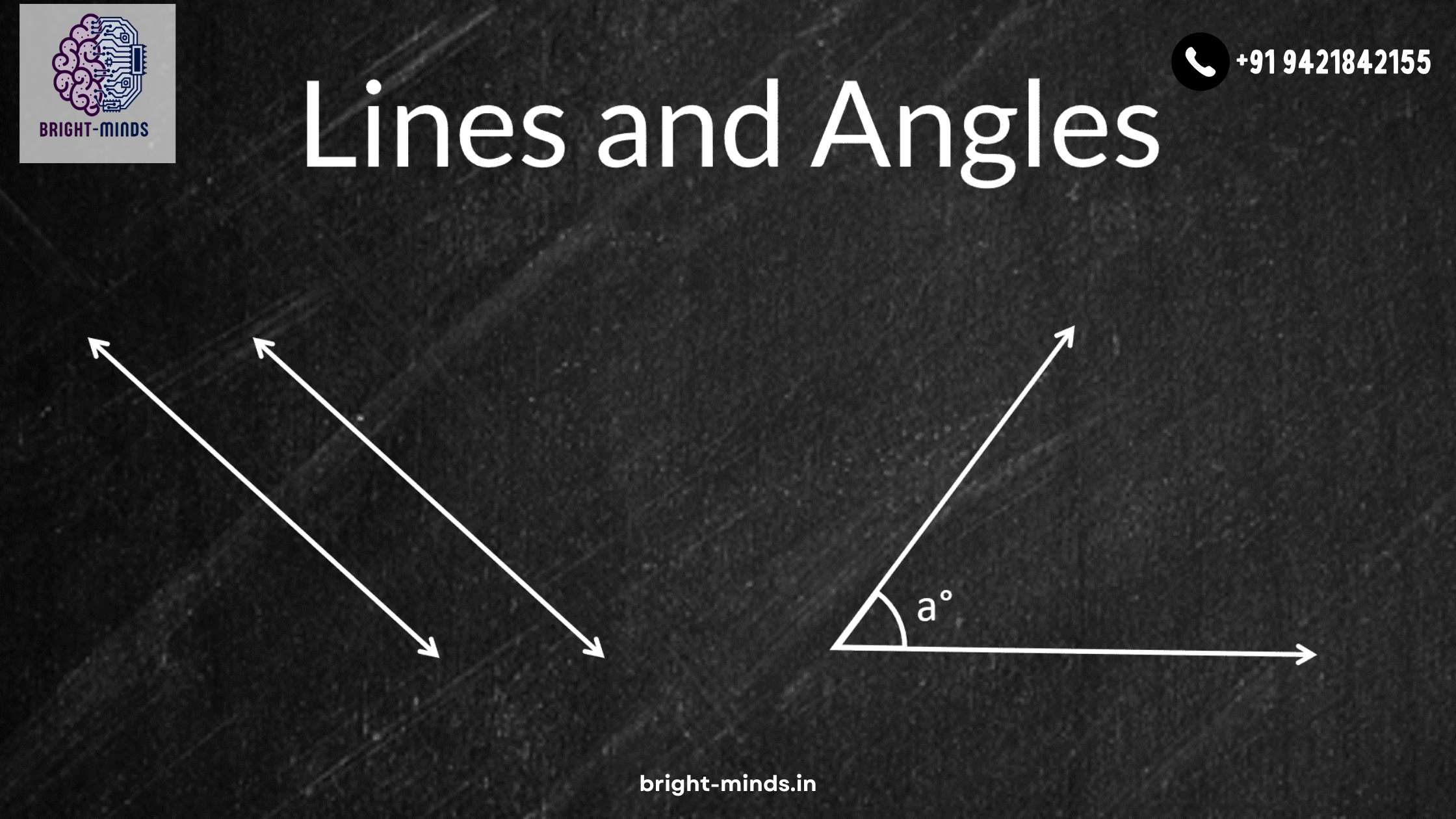We see geometry everywhere: in your books, in architecture, in artwork, and even in the natural world! It is the area of mathematics that studies angles, lines, and shapes. Because geometry is beautiful, entertaining, and simple to relate to real-world objects, children frequently adore it.
The three primary components of geometry—lines, angles, and figures (shapes)—will be examined in this blog in an approachable manner for beginners.
📏 1. Lines: Straight and Simple
A line is a path that goes on forever in both directions. But in real life, we often deal with shorter parts of lines called line segments.
✏️ Types of Lines:
- Straight Line: Like a pencil line, it has no curves.
- A line segment is a section of a line that has two end points, such as a square’s side.
- Ray: Begins in one place and continues in that direction indefinitely.
- Parallel lines, such as railroad tracks, are lines that never meet.
- Lines that meet and form a right angle are called perpendicular lines (like the corner of a book).
Fun Activity: Ask your child to spot parallel and perpendicular lines around the house!
2. Angles: Where Two Lines Meet
When two lines or rays intersect at a place, an angle is created.
Types of Angles:
- Right Angle (90°) – Perfect corner like a book edge.
- Acute Angle (< 90°) – A small, sharp angle.
- Obtuse Angle (> 90°) – A wide, open angle.
- Straight Angle (180°) – A flat, straight line.
Tip for Kids: A protractor is a tool used to measure angles, but for younger kids, paper corners and triangle shapes work just fine!
3. Figures and Shapes: Everything Comes Together
Now that we know lines and angles, we can understand figures, which are also called shapes.
2D Shapes (Flat Shapes):
- Triangle: three angles, three sides.
- Four equal sides and four right angles make up a square.
- Four sides and four right angles make up a rectangle, although not all of the sides are equal.
- A circle is a spherical, cornerless shape.
- Shapes having five, six, or eight sides are called Pentagons, Hexagons, and Octagons.
3D Shapes (Solid Shapes):
- Cube: Equal square faces, similar to a dice.
- Cuboid: Rectangular in shape, like a box.
- A sphere is a ball.
- Cylinder: Similar to a can.
- Cone—like a cone of ice cream.
Hands-On Tip: Use building blocks or draw shapes to help children visualize 3D figures.
Fun Ways to Learn Geometry
- Allow children to sketch or trace various shapes.
- Shape Hunt: Assign children to locate shapes in everyday objects.
- Online Games: A lot of websites provide entertaining geometry games for kids.
- Origami & Crafts: Using paper to fold into forms facilitates visual learning.
Why Geometry Is Important for Kids
Geometry improves:
- Visual understanding
- Problem-solving
- Spatial thinking
- Creativity
Geometry is used in everything from home design to artistic endeavors. Children learn more about the world around them the earlier they begin.
Final Words
Children can have fun exploring the universe of lines, angles, and shapes through geometry, which is more than simply math. Through practical applications, basic illustrations, and interactive exercises, kids may develop a solid geometric foundation while having a good time.
You might be like this:-
Understanding Patterns in Mathematics: A Path to Problem-Solving

